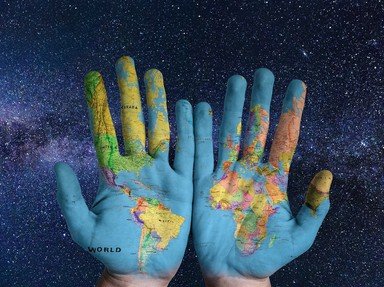Quiz Answer Key and Fun Facts
1. Chairman Mao was born in peasant family in Shaoshan, which is located in southern China. In which southern province was he born on December 26, 1893?
2. The Xinhai Revolution in 1911 greatly influenced Mao's view on government. How did he spend six months from 1911 to 1912 when he was at Changsha, Hunan Province?
3. In 1921, Mao became a founding member of the Chinese Communist Party (CCP) in which northern city?
4. The Chinese Civil War started in 1927 when the Nationalists (KMT) under Chiang Kai-shek massacred 5000 communists in Shanghai. Later during the same year, Mao started an uprising against the KMT in which southern city? It is located in a capital of the province in which he was born.
5. In 1929, Mao and Zhu De, who later became the commander of Red Army, decided to move their army to what location? The capital city of this province was the first major confrontation between the CPC and KMT in August 1927.
6. In 1930, which of Mao's relatives was executed by the local warlord in Changsha, Hunan, for refusing to denounce communism?
7. In 1931, Mao was appointed as the chairman of Soviet Republic of China. By 1932, the Red Army swelled from 45,000 to around 200,000 militia. Chiang Kai-shek ordered an encirclement campaign in September 1934. This encirclement led to what famous event?
8. Realizing that the Red Army could not defeat the Japanese alone during the Sino-Japanese War, Mao knew that he had to collaborate with the Nationalists (KMT). In what year did Mao and Chiang Kai-shek made a joint declaration to form a united front against the Japanese?
9. During his time at Yan'an, Mao wrote several texts for his troops. What was the name of the book which dealt with guerrilla and mobile military tactics?
10. After the surrender of Japan in August 1945, Mao met his adversary Chiang Kai-shek for the last time at which location to discuss the possibility of a joint-government? The city was the wartime capital during the Sino-Japanese War from 1937 to 1945.
Source: Author
sw11
This quiz was reviewed by FunTrivia editor
ponycargirl before going online.
Any errors found in FunTrivia content are routinely corrected through our feedback system.
